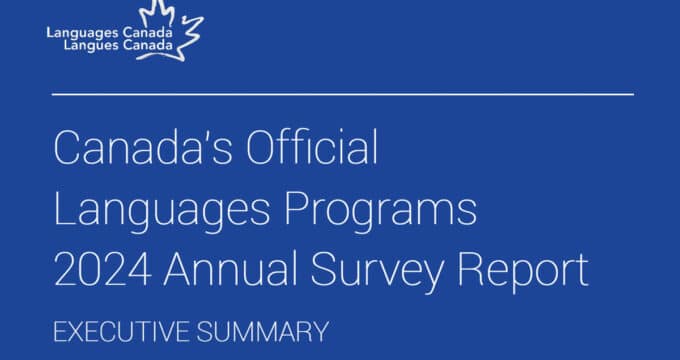Could you improve your recruitment results and student services through data mining?
If you were an international student advisor, what if you could predict, with 85% accuracy, which of the students you counselled would graduate, and which would drop out without additional support? If you were an international student recruiter, what if you could know which alumni from various countries were the most likely to act as brand advocates for prospective students? Of course these are rhetorical questions – the answer is that knowing these things would be extremely helpful to your job, and to your institution. Moreover, for a growing number of institutions, such answers are within reach because the institutions are hiring specialised staff to perform data mining.
Data mining in the education industry
Already common within the private sector, data mining is defined by research firm Gartner Inc. as:
“…the process of discovering meaningful new correlations, patterns, and trends by sifting through large amounts of data stored in repositories, and by using pattern recognition technologies, as well as statistical and mathematical techniques.”
Fundamentally for universities and colleges, data mining allows institutions to use data (which they often already have access to) in order to identify patterns that enable them to direct resources and staff more effectively, and understand their students more clearly.
The following table, from a whitepaper by Jing Luan, Chief Planning and Research Officer, Cabrillo College entitled “Data mining applications in higher education,” shows how typical data mining questions in the private sector might translate to the higher education institution:

“We’ve built a student life cycle application, which takes all the student data off our student record system and monitors how admissions are going and how enrolments are going. We’ve also built a benchmarking application, and what we’ve done is taken a lot of the large data sets from Hesa and we compare ourselves on a whole range of stuff - whether that be awards, student numbers, staff-student ratios. We can compare ourselves with other institutions… and use that data to position ourselves.”
Some think data mining is a transformative application
The blog TeachThought lists ten ways it thinks data mining will transform higher education; here are five of them with excerpts:
- "It will create a more customised student experience: Data mining can be used to provide better advising, help choosing courses, and even homework help from professors, not to mention the applications it can have in helping students finance their education and plan for a future career.
- Students will get better advising: New software can help schools to determine how well students will do in a given course before they even set foot in the classroom, recommending courses and majors based on students’ academic records and previous performance. Students who haven’t fared well in certain courses for their major may be steered toward other careers that are a better fit for their abilities and goals, though some believe this may discourage students from challenging themselves to excel.
- It may play a role in how students choose colleges: ConnectEDU's CEO Craig Powell imagines that in the future, students won’t even have to apply to college 'because an algorithm will have already told them and the schools where they would fit best.'
- It will change college marketing: Data mining won’t just be important for helping students to choose a college; it’ll also help colleges choose which students to market their programmes to.
- It could help some students stay in school: Rio Salado College in Arizona, USA uses data on student performance in online courses to determine who is at risk of underperforming or dropping out. During the first week of class, the programme can predict with 70% accuracy the grade a student will get in a course by using an algorithm to monitor and assess online behaviour.”
How to start
Deciding to invest in data mining requires consideration, as it requires cooperation across the institution to decide on which data sets – and questions – need to be addressed, and then hiring qualified people to perform the analysis. The UK’S University of Derby is one example of how an institution got going on data mining. Student experience project manager Jean Mutton realised the institution wasn’t using the information it already had (such as National Student Survey data) to best effect. She commented to Times Higher Education:
“We asked ourselves, ‘Can we capture this information, do we capture it already, would it be easy to start capturing it, or is it not capturable at all?’ Then we talked to our lecturers and asked what would help them in their pastoral, personal tutor role. They came up with a range of factors they would like to know that would help them to enrich the dialogue they have when meeting students one on one.”
Data mining also enables schools to measure and evaluate both agency and student performance, as we explore in a recent ICEF Monitor article, which notes various ways in which both institutions and recruitment agencies can rate student performance, as well as essential steps for measuring results and continually improving. As higher education institutions across the world are having to think much more like private sector businesses than they did even ten years ago, it seems inevitable that a growing number of the most ambitious will be considering some degree of data mining to refine their operations, improve the student experience, and compete more aggressively. In closing, we'll sign off with this attractive infographic on "big data" from OnlineDegrees.org:
Most Recent
-
The surging demand for skills training in a rapidly changing global economy Read More
-
US issues corrected student visa data showing growth for 2024 while current trends point to an enrolment decline for 2025/26 Read More
-
Survey finds US institutions expanding agency engagement and focusing on new student markets Read More


















